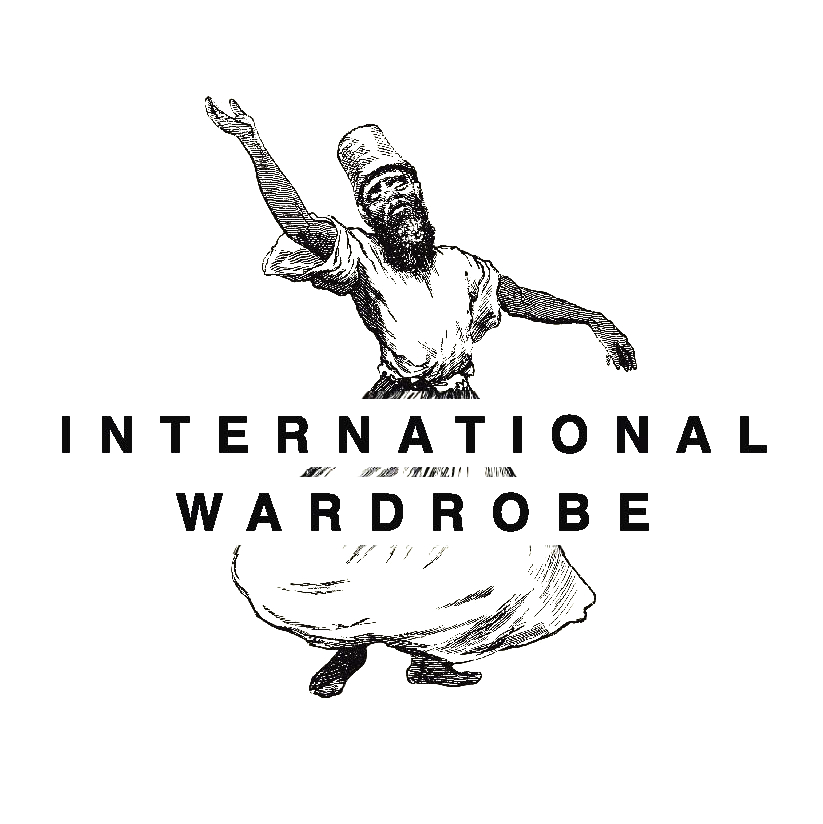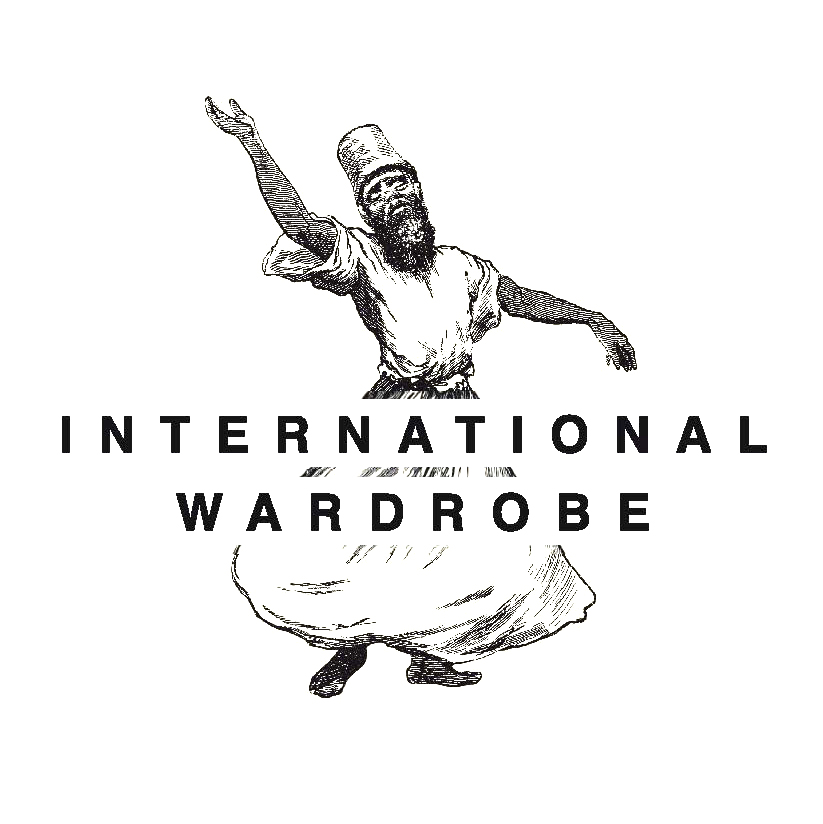Visitors to Uzbekistan cannot fail to notice the textile heritage and craftsmanship, depth of knowledge, and quality of the fabrics, even though they might be eclipsed by reams of polyester fabrics, panne velvet coats, plastic slippers, rhinestones and animal prints. At least old skills, such as the ikat dying technique and suzani embroidery, have enjoyed a revival since all the garment factories and kolkhozes that were built during the Soviet era closed down after its dissolution. Today, at least the traditional artisanal businesses have been brought back in service, supported and funded by Ismail Karimov’s dictatorial regime.
In addition to hand-made textiles, printed fabrics also play an important role in Uzbekistan. During the “Great Game”, the economic and strategic race between colonial powers for supremacy in Central Asia, the British Empire tried to gain a foothold in the Central Asian market by exporting printed fabrics, which were very popular due to superior quality and competitive prices. When Russia won the race for Central Asia, English textiles were largely replaced by industrial goods from Russia. These colourful, predominantly psychedelic-looking prints also managed to displace woodblock prints, which had been used on many textiles until the end of the 19th century.
Central Asia became an important outlet for Russian textiles. With their chintz and printed textiles, the Russians managed to carve out a niche for themselves between expensive domestic silks and velvets, and the much cheaper adras fabrics and block prints. Russian printed fabrics were used all the time and everywhere. For lining chapans and making dresses, blankets or even mattresses, Russian floral prints were as much a part of Central Asia as sun and tea. Even expensive luxury coats were lined with a colourful mix of different Russian prints. Not because it was cheaper, as at that time a silk lining would have been less expensive, but for aesthetic reasons. This is typical for that Central Asian, funky taste in textiles. Remember that Uzbeks believe that all textiles and patterns go together. Once you’ve managed to rid yourself of any European notions of design and composition, this mindset can be very inspiring and liberating. Furthermore, Muslims considered it haram (forbidden) to wear silk against their skin. Another strong argument for mixing patterns, as favoured by Muslim dervishes, is the belief that mixing fabrics serves to confuse the evil spirits.
The Russian textiles came from mills on the outskirts of Moscow, built during the 18th century by French craftsmen and contractors hired by Peter the Great. With the creation of the first textile printing factories in 1787 and cotton mills in 1838, the city of Ivanovo evolved into a Russian Manchester.
Turkey Red, the first “trend” colour, which dominated the Russian market during the first quarter of the 19th century, came from Europe (to be more precise, England and France), as did most designs. Only during the second half of the 19th century did an inherent aesthetic strongly influenced by Russian folk art emerge. It was initiated by Russian art schools, who were strong proponents of the idea that the revival of folk art was the only way to establish a truly Russian aesthetic culture. The British Arts and Crafts movement led by William Morris also played a role, as demonstrated by the variety of floral prints combining Russian craftsmanship with art nouveau.
The next decisive “wave” was initiated by suprematism, an art movement led by Kazimir Malevich and El Lissitzky, which introduced three-dimensional shapes to textile patterns. Constructivist design, which during the course of the October Revolution increasingly came to symbolise the modern age, introduced geometric patterns to printed textiles. Their motifs were frequently political: patterns with tractors, trains and aeroplanes surrounded by flowers and laughing people, as well as a range of other propagandist themes representing the revolution and progress.
The small Uzbek factories which were developed in the 1920s and printed fabrics à la russe, produced textiles of such poor quality that they could not compete with imported fabrics from Russia. This is why relatively few printed textiles were produced between 1920 and 1940. The Tashkent Textile Combine, originally named the J.V. Stalin Combine, which opened in 1934, is the oldest of its kind in Uzbekistan. Once the Second World War ended, they increased their production. These wild floral prints were also influenced by Oriental escapism and the principle: more is more! Today it’s hard to tell which textiles were produced in Russian and which ones in Central Asian factories, as the designs are often identical. At any rate, Uzbeks managed to integrate Russian printed textiles so they had spiritual as well as aesthetical meaning – much to the delight of the Russian textile industry and its merchants.
Read more about the textiles in Uzbekistan.
Pictures from top to bottom:
1. Inside a cotton weaving mill. Here you can see the threat production. Sergei Mikailovich Prokudin-Gorskii, between 1905-1915. Library of Congress Prints & Photographs Division Washington, D.C. 20540 USA
2. Textil seller at the bazaar in Samarkand. He is selling all kinds of printed textiles, stripped ones, with flowers or checks, silk, cotton, Adras or Atlas….He is wearing a chapan made with russian rollerprint cotton. Sergei Mikailovich Prokudin-Gorskii, between 1905-1915. Library of Congress Prints & Photographs Division Washington, D.C. 20540 USA
3. Here you can see the wonderful diversity of the patterns and designs of the avalaible textiles. Sergei Mikailovich Prokudin-Gorskii, between 1905-1915. Library of Congress Prints & Photographs Division Washington, D.C. 20540 USA
4. Modern transfer of the idea of design: Everything fits together. Samarkand 2013
5. Young men in classic stripped Bekasab amazed about the wonderful printed textiles. Uzbekistan, end 1940 Photo: Max Penson.
6. As if time never stopped. Inside a textile galerie in Bukhara 2013
7. The Tashkent Textile Kombinat begun with his work 1934. It was the biggest cotton mill in central asia and even one of the biggest for the UDSSR. Photo: Max Penson, 1938.

